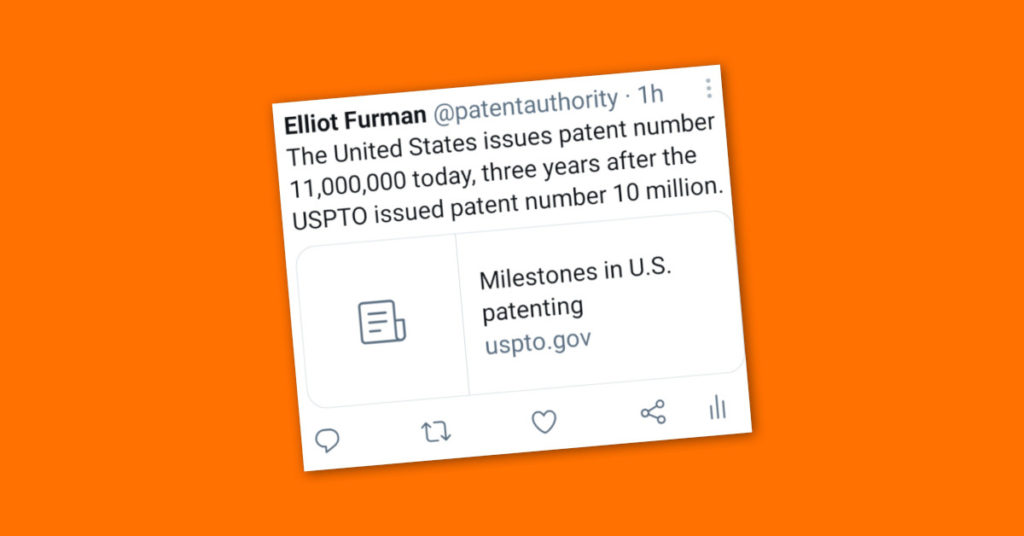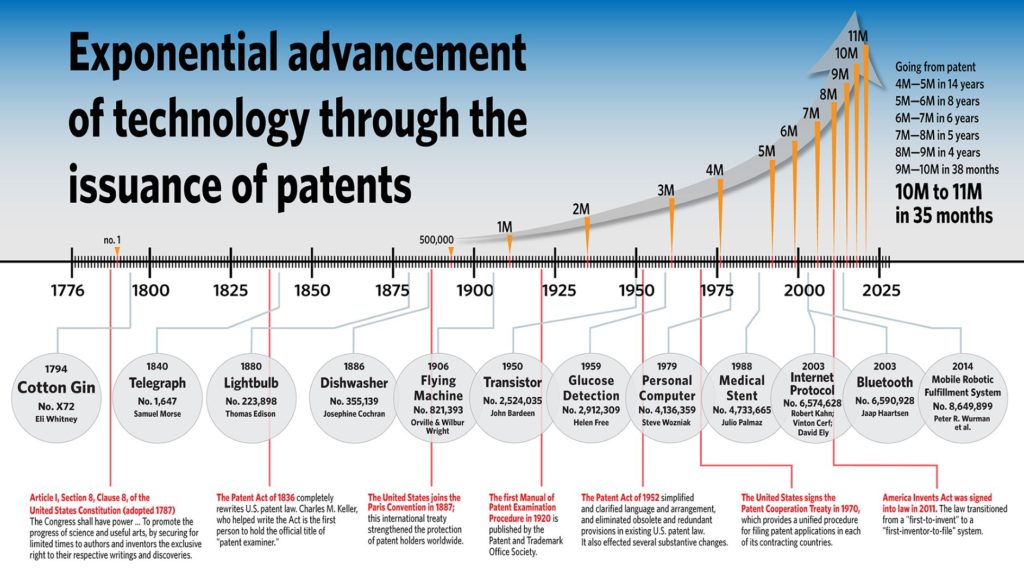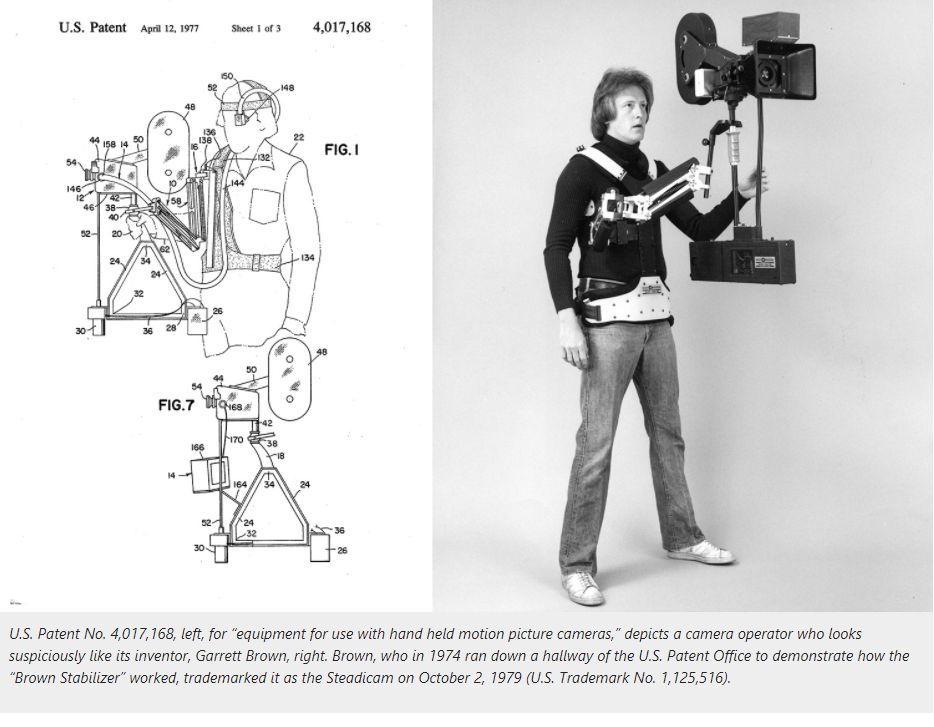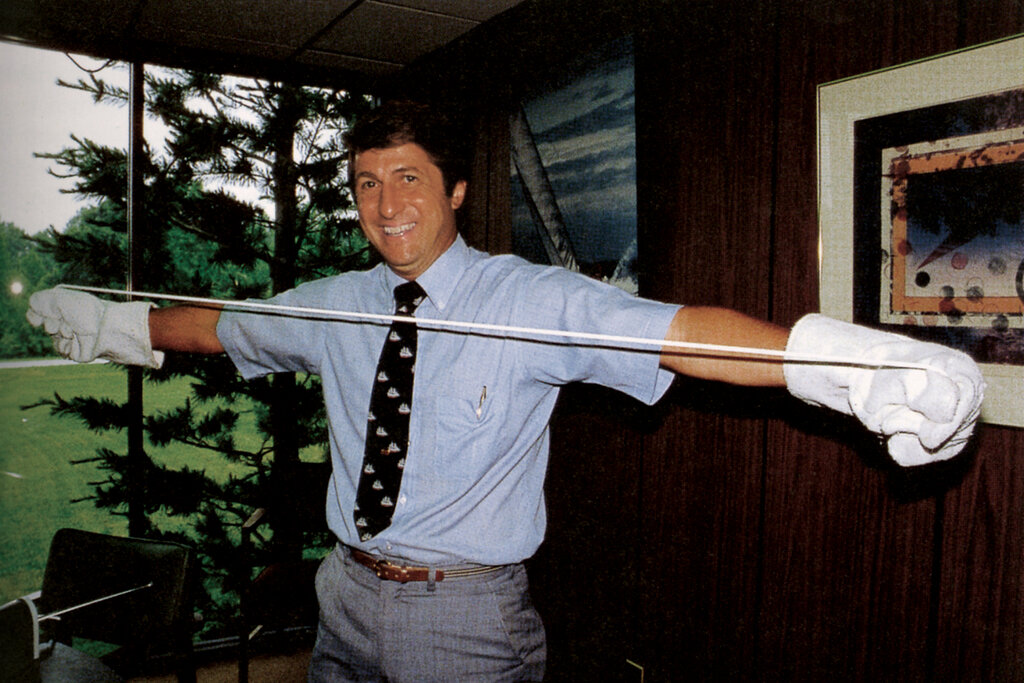Original Web Browser Source Code Being Auctioned as NFT
Tim Berners-Lee, known as the inventor of the World Wide Web, is auctioning off the source code to the original web browser as an NFT. Some find Berners-Lee’s sale of his intellectual property odd because he famously refused to patent what is clearly one of the most important inventions in history.
Invented in 1989, the “WorldWideWeb” application was the first hypermedia browser/editor, allowing users to create and navigate links between files across a network of computers.
The auction includes the original archive of dated and time-stamped files, approximately 10,000 lines of source code for the HTML, HTTP, and URI protocols that are still in use today. Also included are the original HTML documents that instructed early web users on how to use the application.
Sotheby’s, which is running the auction, compares owning Berners-Lee’s code to owning the original hand-written manuscript of Charles Darwin’s “On the Origin of Species”.






